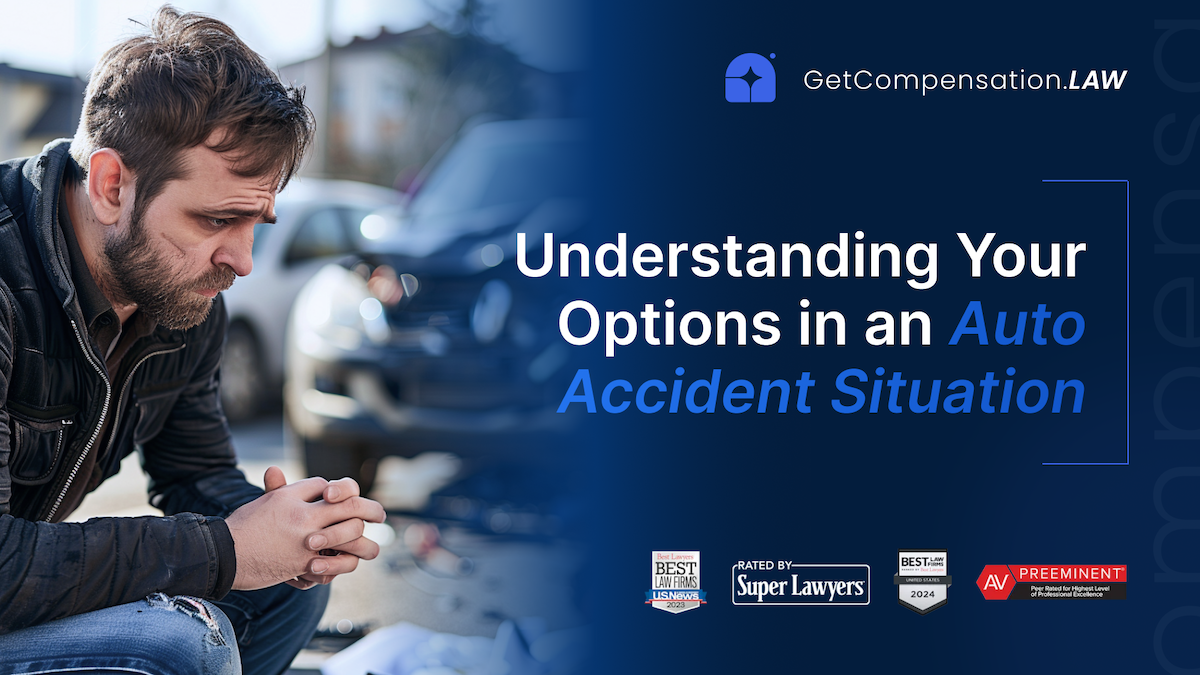
Understanding Joint vs. Sole Custody: What's Best for Your Child
Joint custody offers shared parenting but requires cooperation; sole custody provides stability with one primary caregiver. Best choice depends on family dynamics and child's needs.
Our Network of Attorneys Are Recognized by the Best
Navigating the terrain of child custody is a pivotal aspect of any separation or divorce involving children. The well-being of the child is paramount, and understanding the differences between joint and sole custody is crucial for making informed decisions that best serve their interests. This article delves into the nuances of joint and sole custody, examining their implications for both the child and the parents, and offers guidance on determining the most beneficial arrangement for your child.
Joint Custody: Shared Responsibilities
Joint custody is characterized by both parents sharing legal and/or physical custody of the child. This arrangement requires parents to collaborate on major decisions affecting the child's life, including education, health care, and religious upbringing.
Pros of Joint Custody:
- Emotional Stability: Children benefit from maintaining a close relationship with both parents, which can provide a sense of security and emotional stability.
- Shared Parenting: Responsibilities are divided, allowing children to witness cooperative parenting despite the separation.
- Balanced Perspectives: Children gain the benefit of being influenced by the values, teachings, and love of both parents.
Cons of Joint Custody:
- Potential Conflict: Requires a high level of cooperation, which can be challenging if the parental relationship is contentious.
- Logistical Complexity: Coordinating schedules and maintaining consistent rules between two households can be difficult.
- Adjustment Issues: Children may face challenges adjusting to two different living environments.
Sole Custody: One Parent Takes the Lead
In sole custody arrangements, one parent is granted the majority of custodial rights. The custodial parent makes key decisions regarding the child's upbringing and is the child's primary caretaker. The non-custodial parent may have visitation rights and, in some cases, input on major decisions.
Pros of Sole Custody:
- Consistency and Stability: Offers the child a consistent living environment and routine, which can be beneficial for their emotional and psychological development.
- Reduced Conflict: Minimizes the child's exposure to parental conflict and the stress of navigating between two households.
- Clear Decision-Making: Streamlines decision-making processes without the need for extensive negotiation between parents.
Cons of Sole Custody:
- Reduced Parental Contact: Limits the child’s interaction with the non-custodial parent, potentially affecting their relationship.
- Increased Burden: Places the responsibility of day-to-day parenting and decision-making on one parent.
- Potential for Resentment: Children may feel resentment or loss concerning the less-involved parent.
What’s Best for Your Child?
Determining the best custody arrangement requires a thoughtful evaluation of your family’s unique circumstances, including the parents' relationship, the child's needs and preferences, and each parent's ability to provide a stable, nurturing environment.
Considerations include:
- Parental Cooperation: Joint custody is more feasible when parents can communicate effectively and make decisions jointly.
- Child's Well-being: The child’s emotional, physical, and educational needs should be the forefront consideration.
- Stability and Consistency: Evaluate which arrangement provides the most stable and consistent environment for the child.
Both joint and sole custody arrangements offer distinct advantages and challenges. The choice between them hinges on various factors, including the level of cooperation between parents, the needs of the child, and the capacity of each parent to provide a supportive, loving environment. Ultimately, the decision should prioritize the child’s well-being and emotional health, ensuring they have the support and stability needed to thrive in the wake of family changes. Seeking professional guidance from legal experts, mediators, and child psychologists can provide valuable insights into crafting a custody arrangement that serves the best interests of your child.




